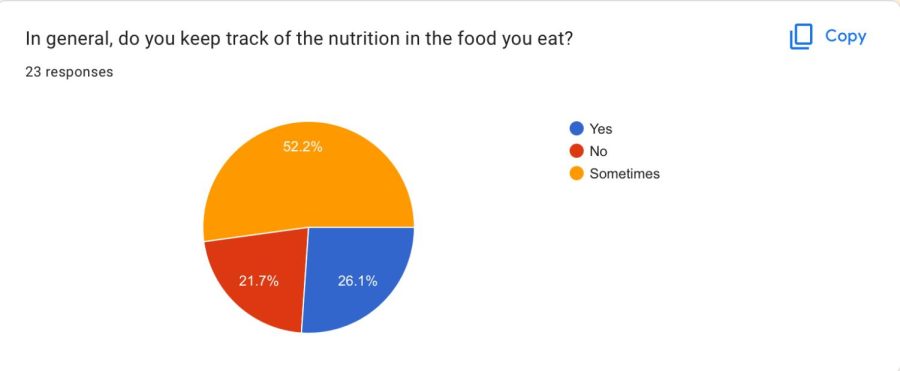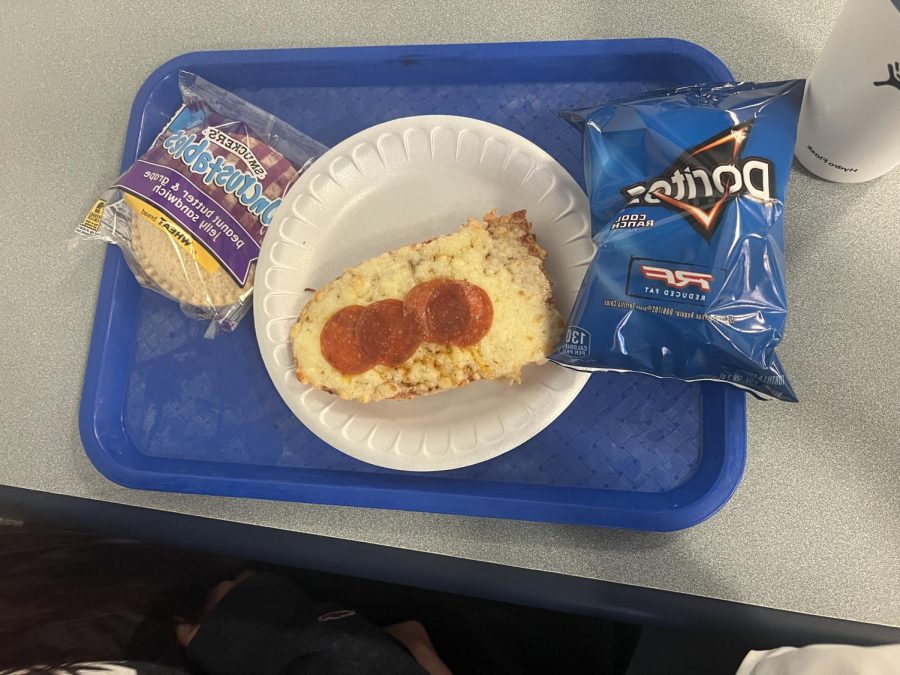Nutrition in School lunch
Time to eat! It’s easy to grab something quick off the shelf, but are students really taking their diet into consideration? Students are hungry, so getting a healthy lunch everyday is very important and could make or break their day. Without proper nutrition students won’t perform well academically.
Rod Stewart, Director of Food Services & Transportation, manages and regulates school meals in order to keep the lunch options healthy and nutritious for Norwin students.
“I developed the recipes. I developed the menus to meet the national guidelines and we don’t serve the food unless it meets the guidelines,” said Stewart.
All public schools nationwide have to follow the school lunch guidelines.
“The guidelines are from the United States Department of Agriculture (USDA) and the Pennsylvania Department of Education (PDE),” said Stewart.
According to the PDE website: “To qualify for reimbursement, all NSLP lunches must meet federal nutrition requirements. School lunches must offer foods from the five required components that include whole or enriched grain, fruit, vegetable, meat/meat alternate, and fluid milk.”
School lunch is often thought of as non-nutritional, but in reality it is cafeteria food that meets the guidelines. A majority of students do not track the food they eat or the nutrition in it. In a recent poll, 39 percent of students at Norwin buy lunch everyday.
“Our menus are in what’s called a menu cycle. We have a 15 week cycle and what I have to do is for each week is put the menu items in by day. For all the items that we have, I estimate the units sold and based on that I have to look at the weekly analysis,” said Stewart. “Once I know the week works based on calories, fat, sodium level targets, meats, grains, fruits veggies then we order the food.”
The school also has brought back free breakfast, which is important because without breakfast it can negatively affect the way students perform in school. Some students can not get the proper nutrition at home or don’t have time to eat breakfast every morning before school.
According to a recent Intro to Journalism poll, 17 percent of Norwin students buy breakfast everyday.
After COVID-19, the USDA realized that breakfast is the most important meal of the day, so when they had the money to pay for it, they brought back free breakfast.
”That definitely was the factor,” said Stewart. “So when breakfast is free and available, kids will eat breakfast.”
The food offered for breakfast is highly nutritional, all whole grain, low sodium, low fat, which is exactly what students need to get them through the day. Especially because most students lack sleep they need fuel to make up for it.
“When kids eat breakfast it’s like putting wood into a wood burning stove. It’s like fuel to the fire. If you don’t have breakfast you are sucking out the nutrients from your body and you just get more tired as you go,” said Stewart. “I think free lunch will be brought about in 2 years, because more kids will eat it.”
Any doctor will tell you that children who lack proper nutrition have trouble focusing in school. Medical authorities and nutritional experts have documented that children who eat nutritious meals every day tend to excel.
School lunches matter.







